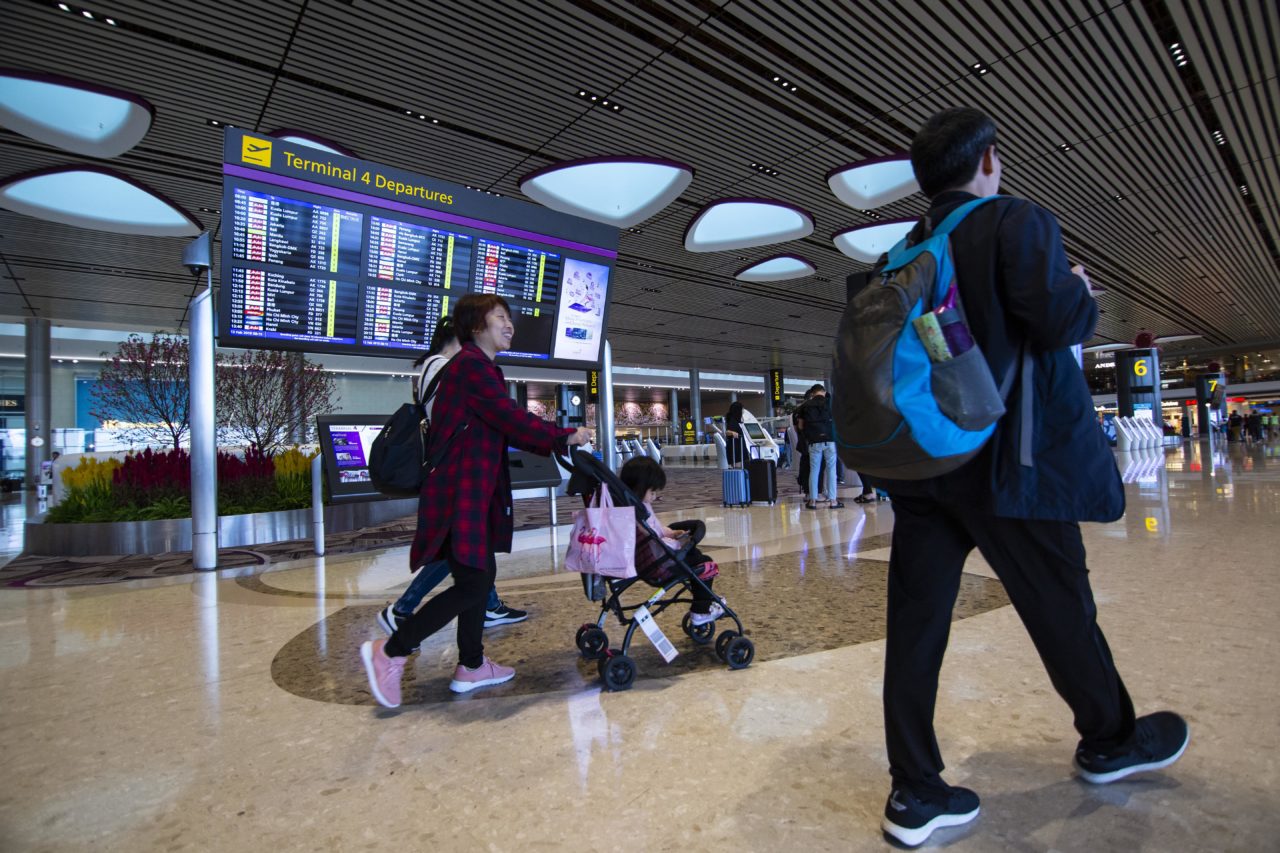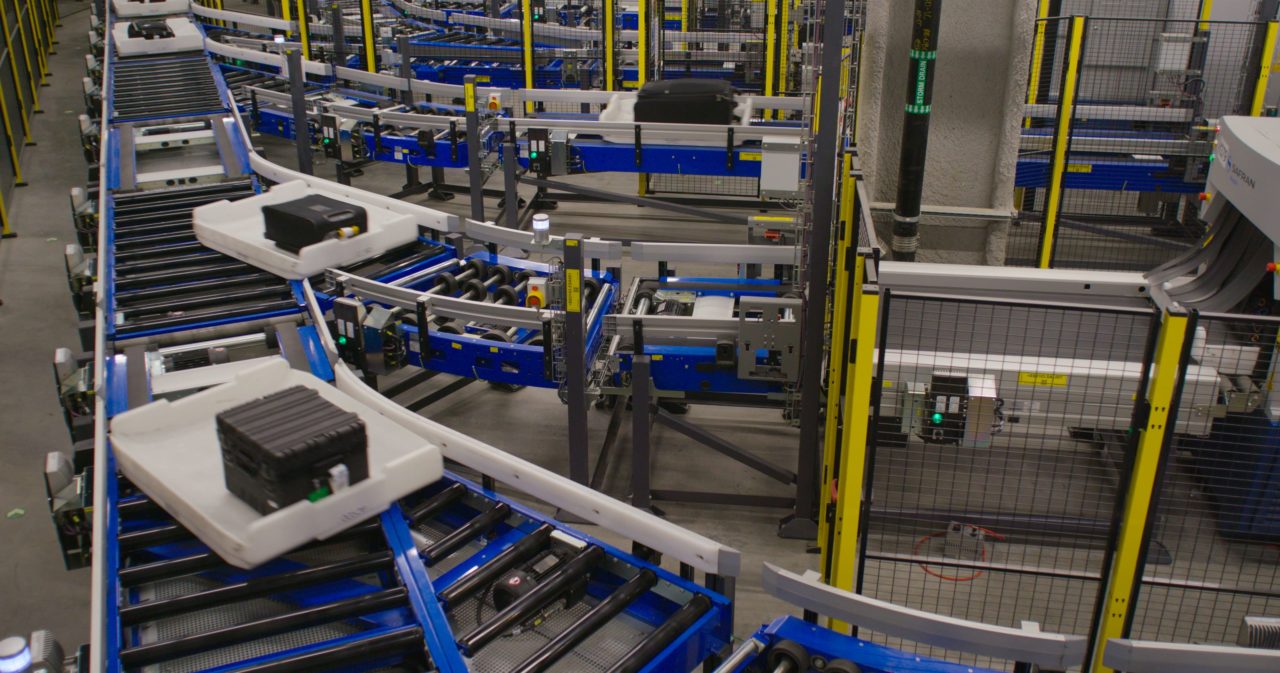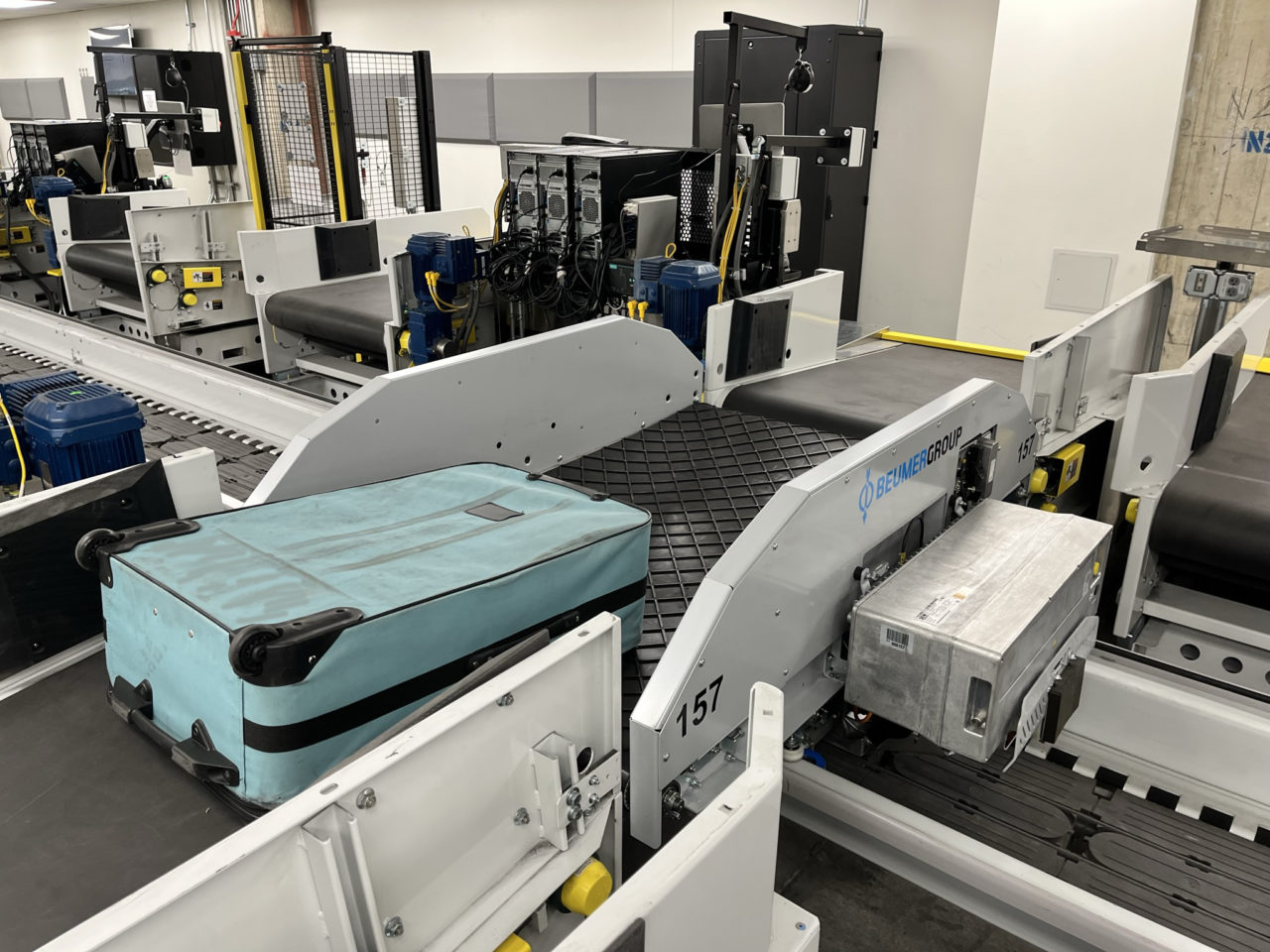By Uffe Edslev and David Delaney
The different approaches to terminal infrastructure
There are a couple of approaches to how terminals and their baggage handling systems (BHS) are built and utilised and different infrastructural strategies have been adopted in different areas of the world. These generally fall into two categories:
- Airline-owned terminals
- Common-use and shared-use terminals
Airline-owned terminals
The airline-owned (or leased) terminal infrastructure is commonly seen in the US, following a history of airlines building their own terminals and BHS rather than the terminals being a matter of public investment. Airlines own the buildings and BHS, which is staffed with airline personnel and furnished with the airline’s designs and furniture.
Common-use and shared-use terminals
The common-use terminal system, generally found in the rest of the world, enables airlines to share the same space and equipment owned by the airport, without the need to install multiple terminals owned by each airline.
In a common-use airport terminal, the airport provides operational space to airlines. Based on the lease agreements, the airport may provide certain levels of system infrastructure such as the BHS, IT systems, check-in kiosks and boarding bridges.
A variation of the common-use terminal is the shared-use concept. In the shared-use environment, the airport provides a high level of infrastructure which allows airlines to share infrastructure. For example, an airline can use a particular check-in and gates for a morning flight, and a different airline can take over the same systems for an afternoon flight.
San Francisco International Airport’s new Harvey Milk Terminal 1 is a shared-use facility.
It adopts the common-use concept but airlines share the terminal and the BHS according to scheduled times of the day in which certain sections of the building at check-in and make-up are allocated to different airlines. Large displays indicate the specific airline’s brand to guide passengers where to go, showing clearly the airline colours and profiles. The displays can switch to the next airline profile when their flights are scheduled.
There are clear benefits and drawbacks to each of these ways of organising terminals and the BHS within an airport. For the airport looking at building a new terminal or developing an existing one, which approach offers greater opportunities for optimising baggage handling processes and reducing costs?
The airline-owned terminal: Raising the airline profile vs expense?
An airline-owned terminal gives the airline full control over their operations and resources to ensure the passenger flow is optimised. They can offer gate areas to their passengers and can reduce ground time with their own ground services, leading to faster turnaround times.
But while this approach may raise an airline’s profile in the eyes of the passenger, it involves an inherent risk. It is a huge capital investment that must be maximised at all times to be cost effective, which is difficult when terminals are empty and the BHS is not required for substantial portions of the day.
Moreover, this system can’t offer the optimal passenger experience for transferring passengers who must collect bags and check them in again between flights.







